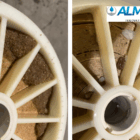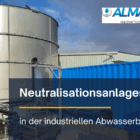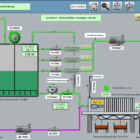Oxygen measurement is an essential method in industrial water and wastewater technology for determining the dissolved oxygen (DO) content in aqueous media. It provides key information on water quality, the efficiency of biological processes and the control of technical systems. The oxygen concentration has a significant influence on biological, chemical and physical processes, which is why precise measurement and monitoring is essential for many applications.
Table of contents
Importance of oxygen measurement
Water treatment
- Clear water monitoring:
- The oxygen concentration serves as an indicator for the water quality in natural waters or after drinking water treatment.
- Corrosion control:
- Oxygen promotes corrosion processes, especially in pipelines, heat exchangers and boilers. Precise oxygen monitoring enables targeted measures such as the use of oxygen binders.
Waste water treatment
- Biological cleaning processes:
- In biological wastewater treatment plants, microorganisms need oxygen to break down organic substances. Oxygen measurement is used to optimize the aeration systems.
- Avoidance of anaerobia:
- Insufficient oxygen can lead to anaerobic conditions that produce undesirable metabolic products such as methane or hydrogen sulphide.
Industrial applications
- Cooling water circuits:
- Oxygen levels that are too high promote biofouling and corrosion, while levels that are too low increase the risk of anaerobic microorganisms.
- Process control:
- Many industrial processes (e.g. fermentation, food processing) require precisely defined oxygen concentrations.
Basics of dissolved oxygen
Definition and solubility
- Dissolved oxygen:
- Oxygen that is physically dissolved in water without forming a chemical bond.
- Solubility:
- Depending on temperature, pressure and salt content:
- Higher temperatures and salinity reduce solubility.
- Lower temperatures and higher atmospheric pressure increase them.
- Depending on temperature, pressure and salt content:
Saturation concentration
- The maximum amount of oxygen that water can absorb under given conditions is known as the saturation concentration.
- Example: At 20 °C and an atmospheric pressure of 1013 hPa, the saturation concentration in fresh water is around 9 mg/L.
Influencing factors
- Biological processes:
- Respiration of microorganisms and plants lowers the oxygen concentration.
- Photosynthesis and diffusion from the air increase it.
- Chemical processes:
- Oxidation reactions consume oxygen.
- Physical influences:
- Turbulence and aeration increase the oxygen intake.
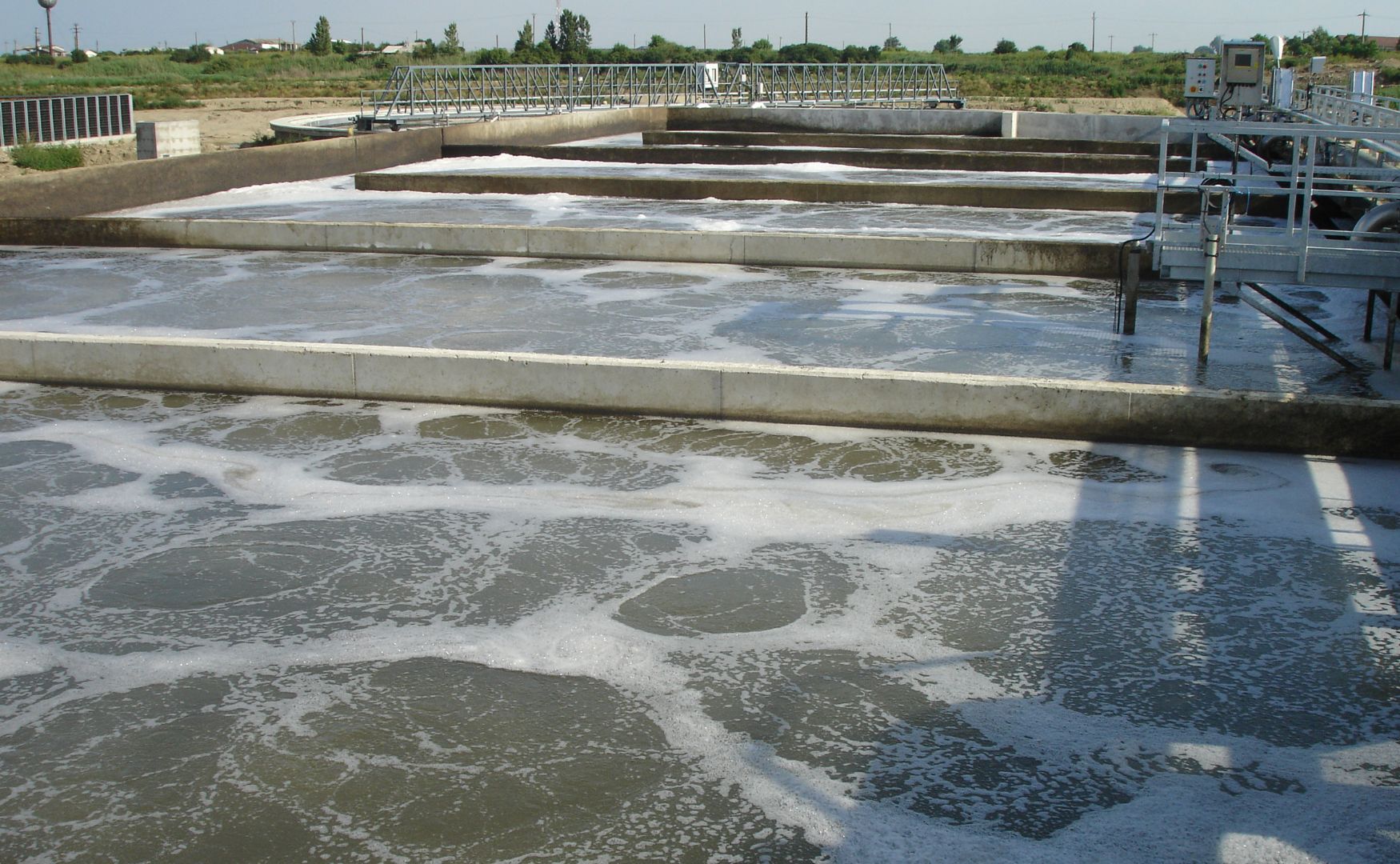
Photo: Aeration tank from our ALMA BHU BIO
Measuring methods for dissolved oxygen
1. amperometric oxygen measurement (Clark electrode)
- Functional principle:
- An electrochemical cell measures the oxygen content by reducing oxygen at a cathode.
- The resulting electric current is proportional to the oxygen concentration.
- Structure:
- The anode (silver or platinum) and cathode (gold or platinum) are embedded in an electrolyte solution.
- An oxygen-permeable membrane separates the measuring cell from the medium.
- Applications:
- Use in sewage treatment plants, process water and aquaculture.
- Advantages:
- High precision, even at low oxygen concentrations.
- Disadvantages:
- Maintenance-intensive, as membranes and electrolyte must be replaced regularly.
2. optical oxygen measurement (luminescence method)
- Functional principle:
- Oxygen influences the fluorescence lifetime of a sensor material that is excited by light.
- The change in fluorescence is used to determine the oxygen concentration.
- Structure:
- Optical sensors use special oxygen-sensitive films that work with LEDs and photodetectors.
- Applications:
- Aerated reactors, process control in fermentation, drinking and waste water monitoring.
- Advantages:
- Low maintenance, no electrolyte solution required, fast response time.
- Disadvantages:
- Higher acquisition costs compared to the amperometric method.
3. winkler method (titration)
- Functional principle:
- Oxygen reacts with manganese(II) ions and forms manganese(IV) oxide. This is reduced by iodide, whereby the amount of iodine released is proportional to the oxygen concentration.
- Application:
- Laboratory method, suitable for calibration and reference measurements.
- Advantages:
- Very precise, independent of electrical influences.
- Disadvantages:
- Time-consuming, not suitable for continuous measurements.
Areas of application and practical examples
Sewage treatment plants
- Purpose of the oxygen measurement:
- Control of aeration in the activated sludge tank.
- Avoidance of over-ventilation to reduce energy costs.
- Ensuring sufficient oxygen supply for microorganisms.
- Measuring locations:
- Inlet, aeration tank, secondary clarifier.
- Target values:
- Typical oxygen concentrations: 2-4 mg/L in aeration tanks.
Drinking water treatment
- Purpose of the oxygen measurement:
- Control of oxygen to prevent corrosion.
- Ensuring chemical stability.
- Measuring locations:
- Raw water inflow, oxidation stages, final water.
- Target values:
- Often close to the saturation concentration (approx. 8-10 mg/L at 20 °C).
Cooling water circuits
- Purpose of the oxygen measurement:
- Avoidance of oxygen corrosion.
- Control of biofouling prevention using oxygen reducers or biocides.
- Measuring locations:
- Inlet and outlet of heat exchangers, condensate returns.
- Target values:
- Oft < 0,5 mg/L, insbesondere in geschlossenen Systemen.
Water monitoring
- Purpose of the oxygen measurement:
- Assessment of water quality.
- Monitoring of oxygen deficits during biological stress.
- Target values:
- Good ecological status requires at least 5 mg/L oxygen in rivers and lakes.
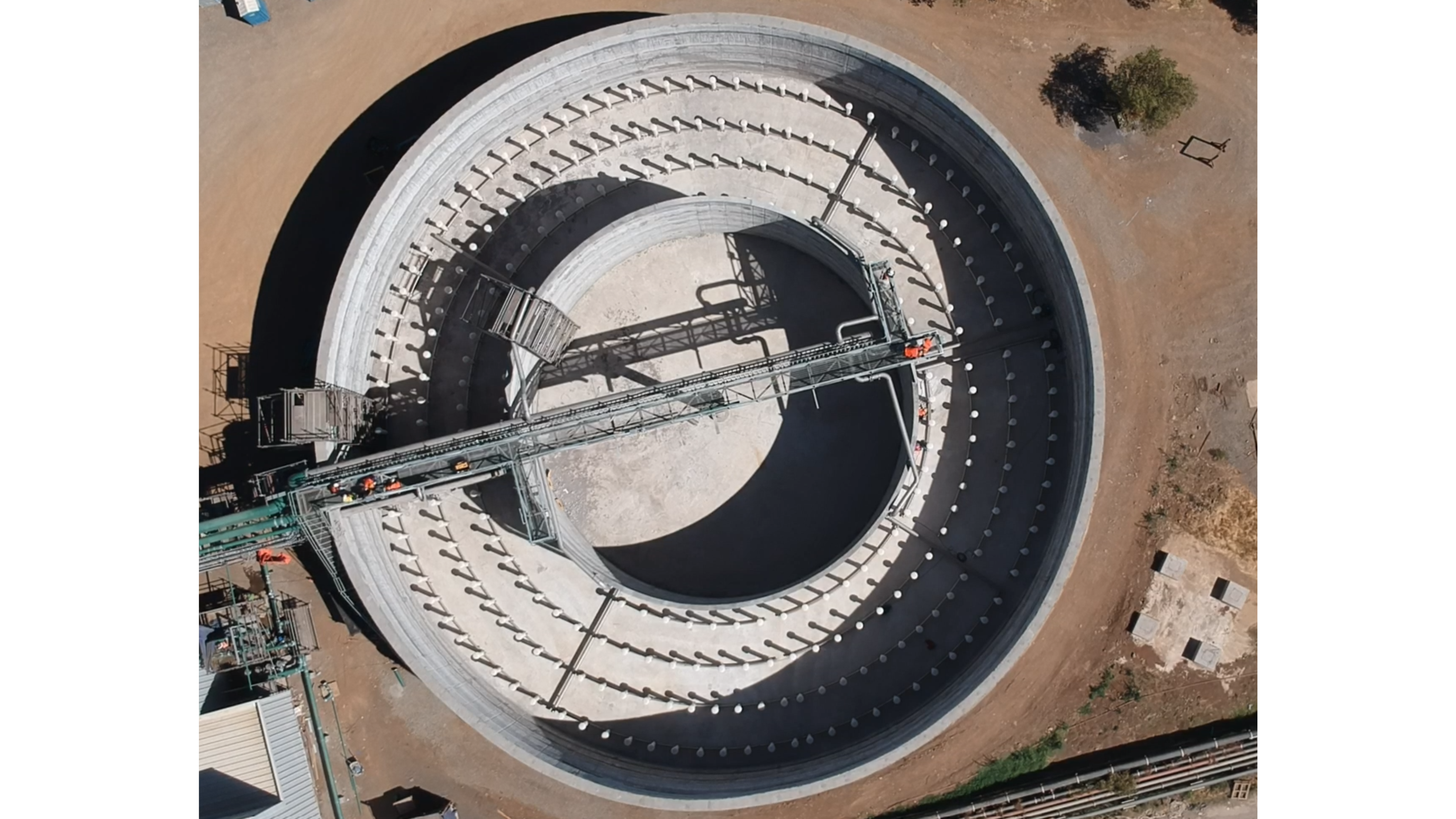
Photo: The aeration system of an aeration tank (process: ALMA BHU BIO)
Challenges and optimizations
Influence of disturbances
- Interference from deposits, biofilms or soiling on sensors can falsify the measurement results.
- Solution:
- Regular cleaning and calibration of the sensors.
- Use of self-cleaning sensors or integrated brush mechanisms.
Fluctuations in the process
- Dynamic oxygen loads due to changing inlet loads or temperature fluctuations.
- Solution:
- Use of online measuring systems with real-time monitoring and automatic ventilation control.
Energy consumption
- Inefficient controls in ventilation systems can increase energy requirements.
- Solution:
- Optimization of ventilation through frequency-controlled blowers, coupled with oxygen sensors.
Conclusion
Oxygen measurement is an indispensable instrument in industrial water and wastewater technology. It enables the precise monitoring and control of biological, chemical and physical processes that depend on oxygen availability. Modern measurement methods such as the optical luminescence method offer high accuracy and ease of maintenance, while classic methods such as amperometric measurement continue to be convincing in many applications. Reliable oxygen measurement not only contributes to process optimization, but is also a decisive factor for compliance with environmental and quality standards.
For further information on our products, please feel free to contact us at any time!


